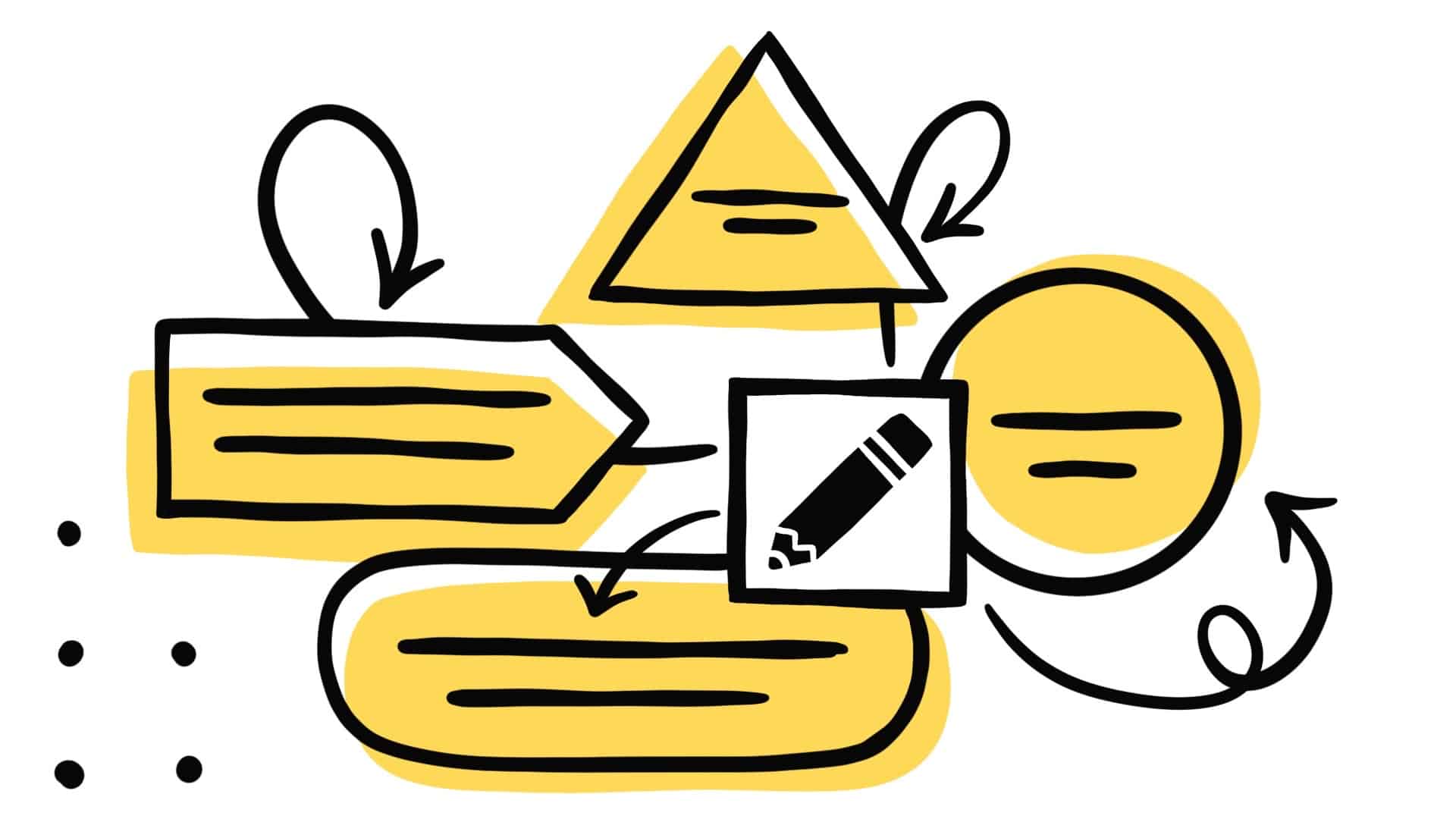
4 ways to get the best work out of your designer
Whether you’re a business owner who has hired a freelance designer, hired a staff designer to join your team, or are working with Market House as an extended marketing team, the fact is you want your designer to produce great work for you. Designers are essential all the same and here are a few tips on how you can get the best work out of your designer. This may not be true for some designers, but all the ones I know, including myself, would probably agree that these things would help tremendously in helping them get the work done.
1. Know what you want.
This seems relatively simple, but you would be surprised at how many times I have been hired to work on a project or been in the office working on a project and have been told, “I know we need these business cards done, but I am not sure how I want them to look.”
I would say that deep down you know what you want or what you like, but just haven’t really thought about it all the way through.
If you genuinely don’t care what it looks like, then great! You just gave the designer a gift.
However, if they return back with something and you then express what you don’t like about the piece and begin getting feedback on what you are looking for, you are frustrating your designer. Before hiring a freelance designer or giving instructions to your designer, be sure you have thought it through. Here at Market House, we have developed creative briefs for projects to help give you a jump start on each project. It gets you thinking about the project and it helps our team to produce your work faster, saving you money.
2. Give detailed information upfront.
After you have thought it through and know more of what you want, write out every detail possible for the project. Think through the look and feel, the content, your target audience, the due date, what medium will the piece be used (print or digital), etc.
The more information you can provide, the smoother the process will go.
By doing this, you have eliminated unnecessary back-and-forth emails, phone calls, and in-person meetings. The fact of the matter is that you are busy and so is your designer. Save yourself the trouble in the long run by putting a little extra leg work in on the front end and giving that detailed information.
3. Find examples.
I personally like to see samples of what you have either done in the past or examples of what you want the final piece to be. I want to get in your head and see what you’re envisioning the final piece to look like. Now, we aren’t going to just copy what someone else has done because that is unethical, but we can use it as a muse to complete the final product.
The more examples you give, the better chance you will getting the end result you are looking for. Just make sure you don’t give too many examples. I think 4 or 5 examples would be sufficient.
When looking for these examples, make sure you think through what you like about the example and be very clear with your designer on what it is you like about the example. I would recommend printing them off and writing on them to illustrate why you like them. Possibly highlighting or circling the key things you like and also what you don’t like.
4. Give detailed feedback on drafts.
There is nothing worse than getting vague feedback on a draft.
Tell me why you don’t like something on the piece or what you would like changed.
I worked with a client that had a sun in their logo and they wanted the color of the sun to look more like the natural sun. So, I went and looked through several images of the sun and grabbed one that was pretty consistent in color with all the others. I then made the sun in the logo that color. Well, I got feedback like, “It’s too yellowie,” “Can you make the color more like the sun?,” and “It’s too orangey.” I LITERALLY took the color of the sun and made it that color. I don’t know how more natural I can get it. If he would have expressed to me which one he did like and told me to add more orange, yellow, or red to it, I could have done that. It would have saved so much more time.
The lesson here is to be detailed once again. Make sure to express what you like and what you dislike about it. Be specific and not vague!
___
These sound really simple but can be easily forgotten. I hope that these tips come in handy in your conversations with your designer and with our team if Market House is handling your account. I know it will help you and your designer community better, save time, and ultimately save money in the long run.
___
Let’s hear from you!
What have you found to be helpful as a designer?
What have you found helpful when communicating with a freelancer you have hired or a graphic designer on your team?
Share with us what has worked with you. If this article has helped you, share it with others. Please leave a comment or any questions you may have below.

